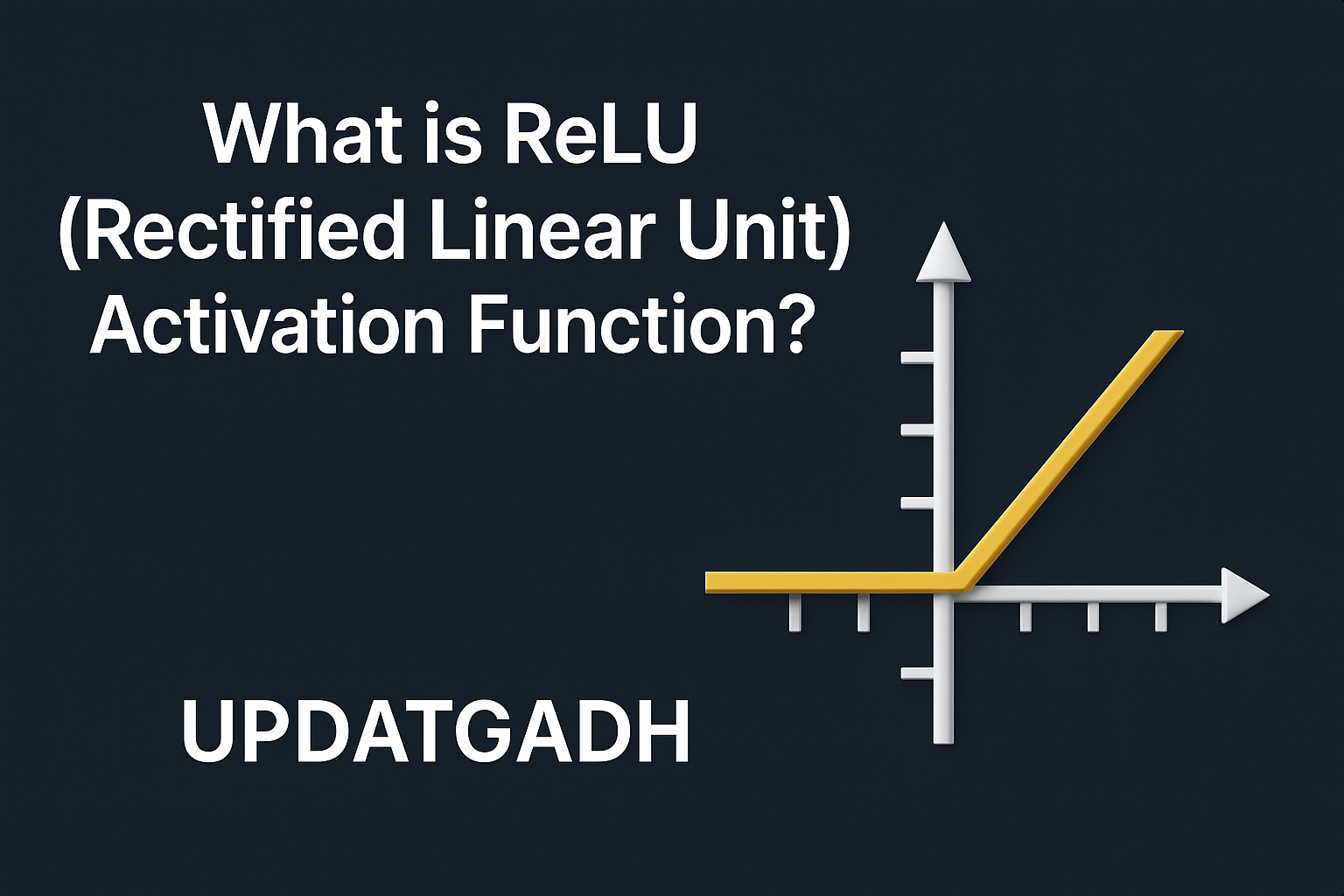
Cross Validation in Machine Learning
Cross Validation in Machine Learning
One of the most effective methods in machine learning for assessing a model’s performance and guaranteeing its capacity to generalise to new data is cross-validation. Rather than relying solely on a simple train/test split, cross-validation allows us to train a model on multiple subsets of data and test it on others, helping us build more robust and reliable models.
In this blog post, we’ll walk through what cross-validation is, why it’s important, its various techniques, limitations, and where it’s applied — all in a simple and professional tone for learners and professionals alike.
Complete Python Course with Advance topics:-Click Here
SQL Tutorial :-Click Here
Data Science Tutorial:-Click Here
🔍 What is Cross-Validation?
A model evaluation method called cross-validation makes sure our machine learning model performs effectively when applied to a different dataset. In simpler terms, it splits the dataset into several parts — training the model on some parts and testing it on others — to verify consistency and accuracy across different data segments.
Unlike the traditional train-test split method, cross-validation rotates the validation phase across different subsets of the dataset. By reducing overfitting, this rotation provides us with a more accurate representation of the model’s actual performance.
✅ Why is Cross-Validation Needed?
In real-world applications, we cannot afford models that perform well only on the training data but fail on unseen data. Cross-validation addresses this by simulating multiple train/test cycles, making sure the model is evaluated thoroughly before deployment.
Key goals of cross-validation:
- Test model stability
- Avoid overfitting
- Ensure generalization
- Optimize model hyperparameters
🔁 Steps Involved in Cross-Validation
- Split the data: Set aside a portion of the data for verification.
- Train the model: Utilising the remaining training data, fit the model.
- Evaluate: Test the model on the reserved part.
- Repeat: Perform the process multiple times to average out performance.
🧪 Common Cross-Validation Techniques
Let’s explore the popular techniques used in cross-validation:
🔹 1. Validation Set Approach
- The dataset is split into two equal parts: 50% for training and 50% for validation.
- Simple to implement, but since only half the data is used for training, the model might underperform.
- Drawback: High bias and less data for training can lead to underfitting.
🔹 2. Leave-P-Out Cross-Validation
- Out of
ntotal data points,pare left out for validation, andn-pare used for training. - This process is repeated for all combinations.
- Drawback: Very high computational cost, especially when
pis large.
🔹 3. Leave-One-Out Cross-Validation (LOOCV)
- This is a special case of Leave-P-Out where
p = 1. - The model trains n times for n data points, using n-1 training points and 1 testing points each time.
- Advantages: Very little bias.
- Cons: Computationally expensive, and may result in high variance.
🔹 4. K-Fold Cross-Validation
- K equal pieces (folds) make up the dataset.
- Every iteration uses one fold for training and the other K-1 for validation.
- This process is repeated
Ktimes. - Example: In 5-Fold CV, each fold gets tested once, and trained four times.
✅ Advantages:
- Less bias than simple train-test split.
- Every data point gets a chance to be in the validation set.
🔹 5. Stratified K-Fold Cross-Validation
- It ensures each fold has a balanced distribution of target variables.
- Especially useful for imbalanced datasets (like rare disease diagnosis or fraud detection).
- Ensures every fold is a good representative of the original dataset.
🔹 6. Holdout Method
- A basic method where the dataset is randomly split (e.g., 70:30 or 80:20) into training and test sets.
- Simple but risky, as the outcome heavily depends on how the data was split.
📊 Cross-Validation vs Train/Test Split
| Feature | Train/Test Split | Cross-Validation |
|---|---|---|
| Data Used | One-time split | Multiple splits |
| Bias/Variance | High variance | Low bias, controlled variance |
| Accuracy | Depends on split | Averaged over multiple splits |
| Usage | Quick, small datasets | Preferred for robust evaluation |
⚠️ Limitations of Cross-Validation
While cross-validation is powerful, it’s not perfect.
- Sensitive to inconsistent data: Works best with well-distributed datasets.
- Computationally expensive: Especially with methods like LOOCV or Leave-P-Out.
- Not ideal for time-series data: Since future values depend on past ones, temporal dependency gets broken.
Real-World Example:
In stock price prediction, training on past 5 years and validating on next 5 years is tricky — future trends may not follow past behavior.
💼 Applications of Cross-Validation
- Comparing performance across different algorithms.
- Hyperparameter tuning for models.
- Medical research to evaluate diagnostics models.
- Meta-analysis in scientific and statistical research.
Download New Real Time Projects :-Click here
Complete Advance AI topics:- CLICK HERE
🧠 Final Thoughts from UpdateGadh
Cross-validation is not just a method; it’s a mindset. It ensures that your machine learning model is not just memorizing data but actually learning from it.
By choosing the right cross-validation technique, you set the foundation for a reliable, scalable, and future-proof model. So next time you’re training a model, don’t just split — cross-validate like a pro!
💡 Did You Know?
Most Kaggle competition winners rely heavily on k-fold and stratified k-fold cross-validation for model selection and blending.
📌 Explore more ML concepts, tutorials, and projects at UpdateGadh.com — your tech learning companion.
k fold cross validation in machine learning
leave one out cross validation in machine learning
types of cross validation in machine learning
cross validation in machine learning python
cross validation in machine learning pdf
what is the purpose of cross validation in machine learning
k fold cross validation python Cross Validation in Machine Learning
cross validation in machine learning ppt
cross validation in machine learning example
cross validation in machine learning geeksforgeeks










Post Comment